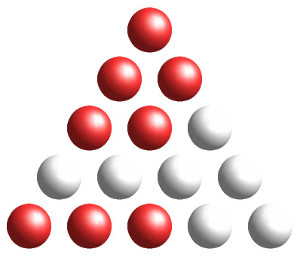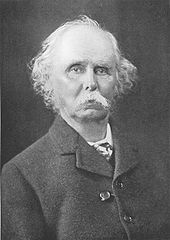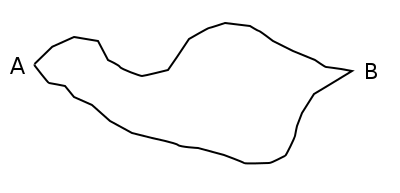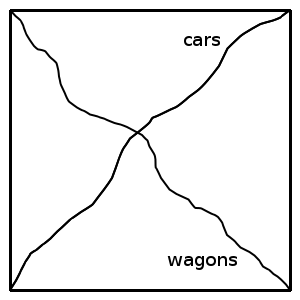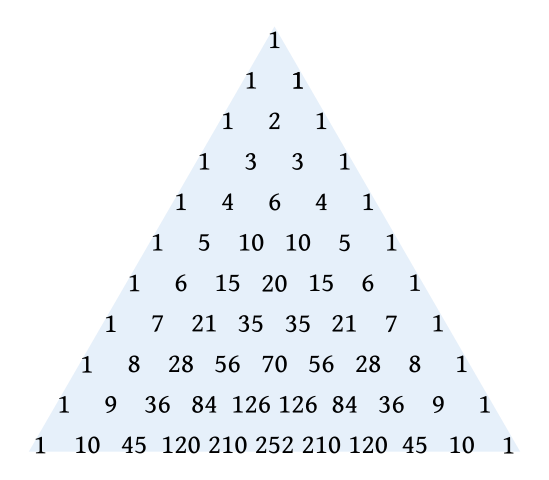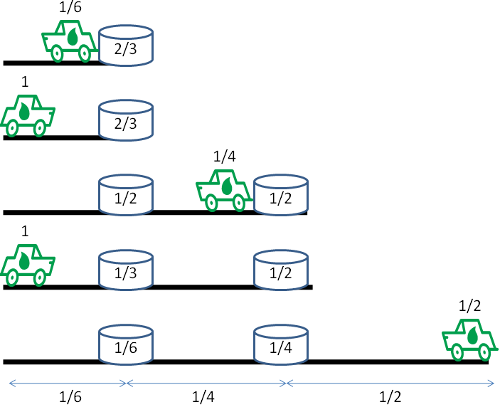
Further to Saturday’s triangular clock post, reader Folkard Wohlgemuth points out that a “set theory clock” has been operating publicly in Berlin for more than 40 years. Since 1995 it has stood in Budapester Straße in front of Europa-Center.
The circular light at the top blinks on or off once per second. Each cell in the top row represents five hours; each in the second row represents one hour; each in the third row represents five minutes (for ease of reading, the cells denoting 15, 30, and 45 minutes past the hour are red); and each cell in the bottom row represents one minute. So the photo above was taken at (5 × 2) + (0 × 1) hours and (6 × 5) + (1 × 1) minutes past midnight, or 10:31 a.m.
Online simulators display the current time in the clock’s format in Flash and Javascript.
If that’s not interesting enough, apparently the clock is a key to the solution of Kryptos, the enigmatic sculpture that stands on the grounds of the CIA in Langley, Va. In 2010 and 2014 sculptor Jim Sanborn revealed to the New York Times that two adjacent words in the unsolved fourth section of the cipher there read BERLIN CLOCK.
When asked whether this was a reference to the Mengenlehreuhr, he said, “You’d better delve into that particular clock.”

